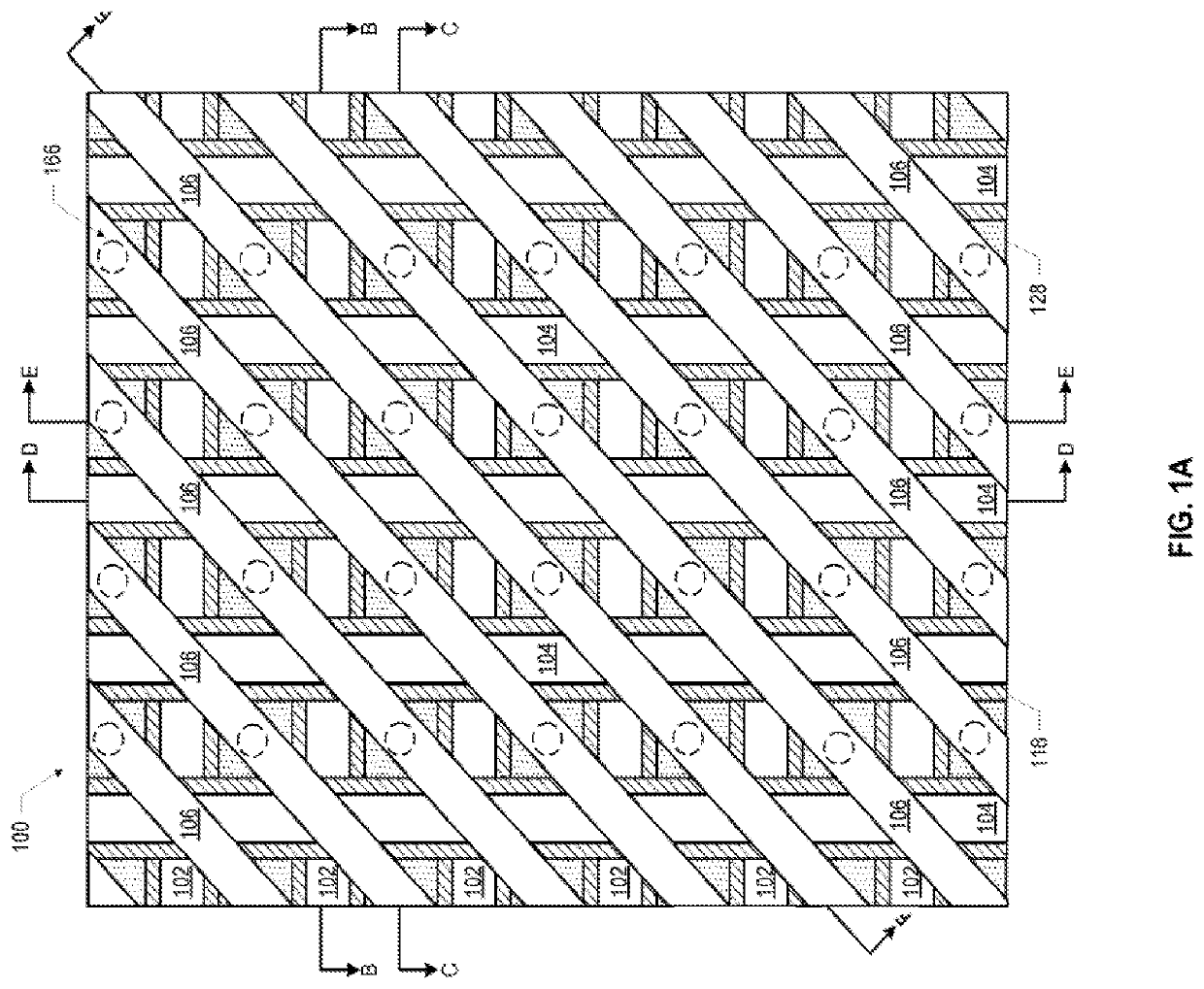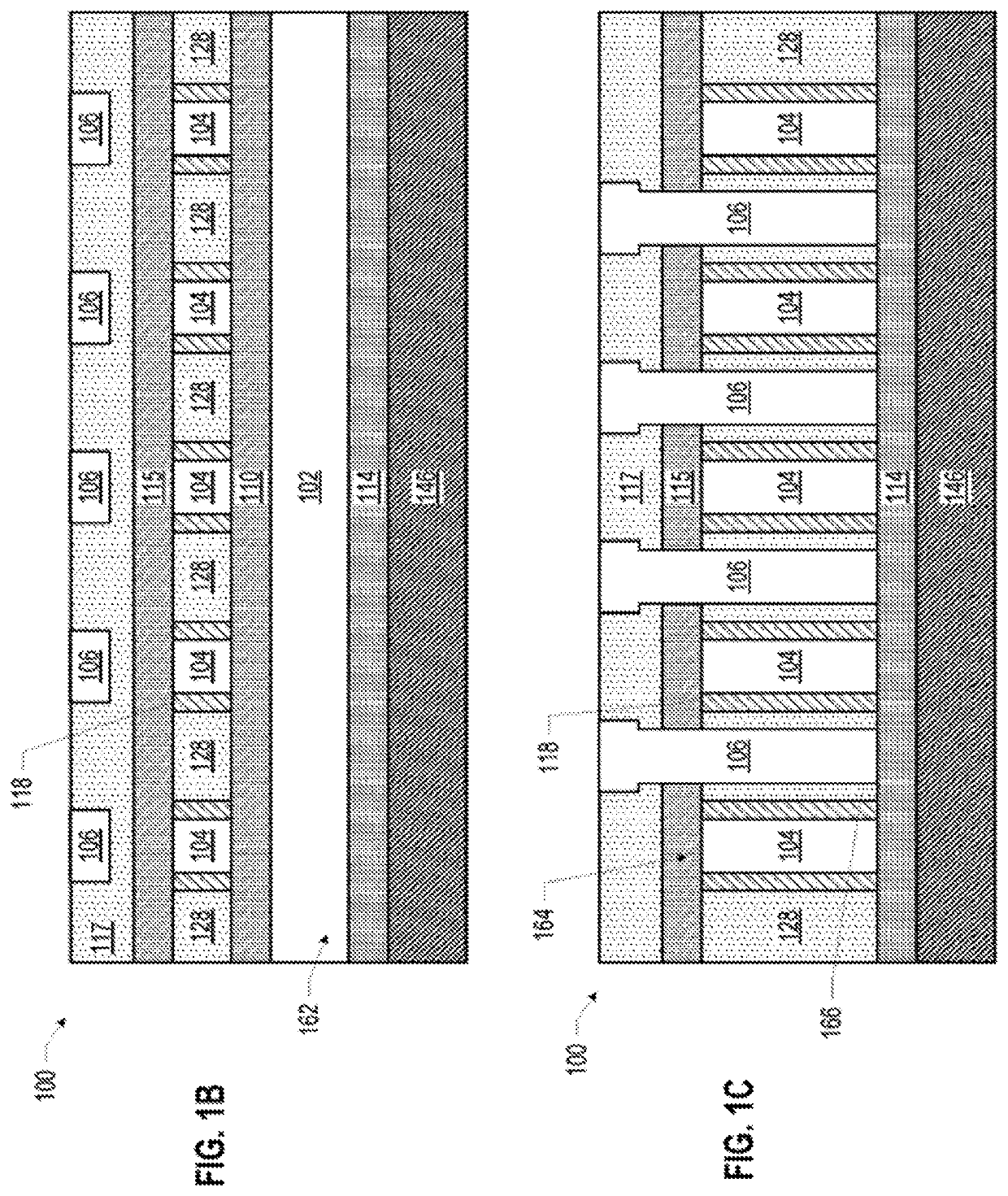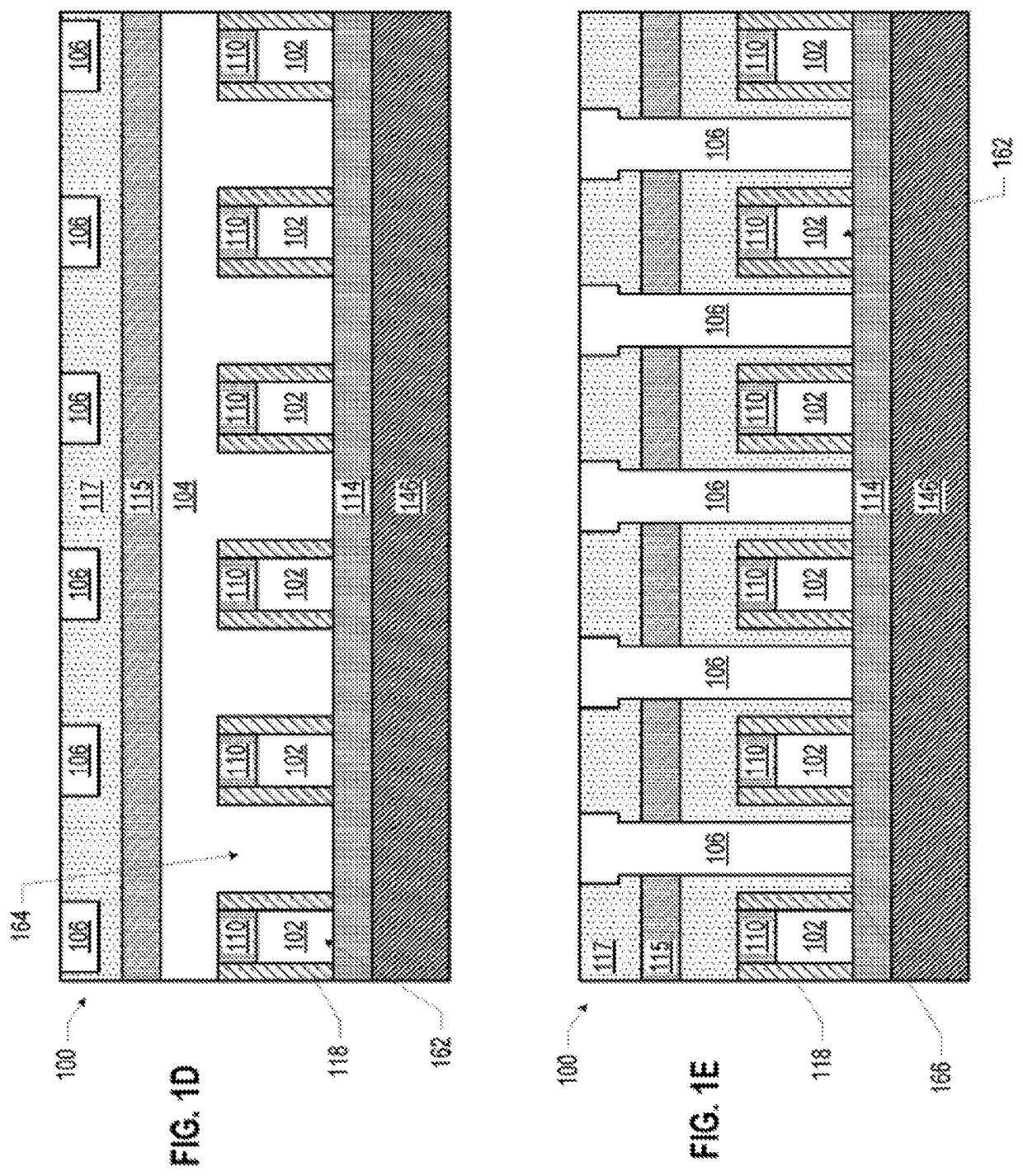Apparatus and method for probabilistic error correction of a quantum computing system
a quantum computing and probabilistic error correction technology, applied in the field of quantum computing, can solve the problems of fragile quantum states, insufficient microarchitecture of quantum computing mechanisms, and modest success to da
- Summary
- Abstract
- Description
- Claims
- Application Information
AI Technical Summary
Benefits of technology
Problems solved by technology
Method used
Image
Examples
Embodiment Construction
[0019]In the following description, for the purposes of explanation, numerous specific details are set forth in order to provide a thorough understanding of the embodiments of the invention described below. It will be apparent, however, to one skilled in the art that the embodiments of the invention may be practiced without some of these specific details. In other instances, well-known structures and devices are shown in block diagram form to avoid obscuring the underlying principles of the embodiments of the invention.
INTRODUCTION
[0020]A quantum computer uses quantum-mechanical phenomena such as superposition and entanglement to perform computations. In contrast to digital computers which store data in one of two definite states (0 or 1), quantum computation uses quantum bits (qbits), which can be in superpositions of states. Qbits may be implemented using physically distinguishable quantum states of elementary particles such as electrons and photons. For example, the polarization ...
PUM
 Login to View More
Login to View More Abstract
Description
Claims
Application Information
 Login to View More
Login to View More - R&D
- Intellectual Property
- Life Sciences
- Materials
- Tech Scout
- Unparalleled Data Quality
- Higher Quality Content
- 60% Fewer Hallucinations
Browse by: Latest US Patents, China's latest patents, Technical Efficacy Thesaurus, Application Domain, Technology Topic, Popular Technical Reports.
© 2025 PatSnap. All rights reserved.Legal|Privacy policy|Modern Slavery Act Transparency Statement|Sitemap|About US| Contact US: help@patsnap.com



